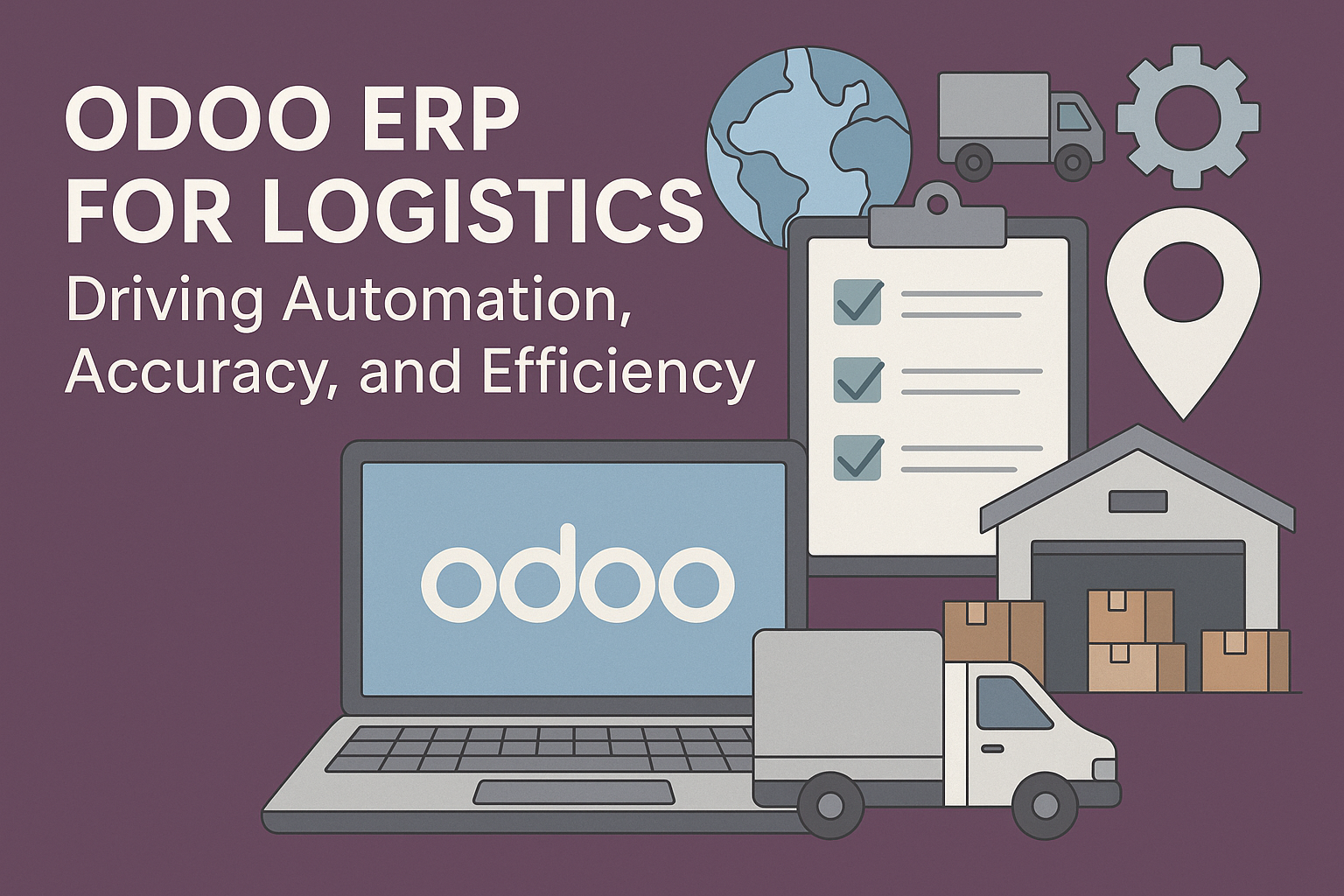 Press Releases That Rank – Boost Authority & Brand Trust Fast!
Press Releases That Rank – Boost Authority & Brand Trust Fast!
How Does Aadhaar Card Masking Compare to Other Data Anonymization Techniques?
Written by Surekha Tech » Updated on: June 17th, 2025

In today’s digital age, protecting sensitive personal information is paramount. With the widespread use of Aadhaar cards in India for identity verification and service delivery, ensuring the security of Aadhaar data has become a critical concern. One of the most effective methods to safeguard this information is through Aadhaar card data masking solutions. But how does Aadhaar card masking compare to other data anonymization techniques? Let’s explore this in detail.
Understanding Aadhaar Card Data Masking
Aadhaar card data masking is a process that hides or obscures specific portions of the Aadhaar number to protect the cardholder’s identity. For example, instead of displaying the full 12-digit Aadhaar number, only the last four digits might be visible, while the rest are replaced with asterisks or other symbols. This technique ensures that sensitive information remains confidential while still allowing authorized entities to verify identity when necessary.
Aadhaar card masking is particularly useful in scenarios where the full Aadhaar number is not required, such as during customer service interactions, public displays, or third-party verifications. By implementing Aadhaar card data masking solutions, organizations can comply with data protection regulations and reduce the risk of identity theft or fraud.
Comparison with Other Data Anonymization Techniques
Data anonymization is a broad field that includes various techniques to protect sensitive information. Let’s compare Aadhaar card masking with other popular anonymization methods:
1. Tokenization
Tokenization replaces sensitive data with a unique identifier or token that has no intrinsic value. For example, an Aadhaar number could be replaced with a random string of characters. While tokenization is highly secure, it requires a secure token vault to map tokens back to the original data. In contrast, Aadhaar card data masking solutions are simpler to implement and do not require additional infrastructure.
2. Encryption
Encryption transforms data into an unreadable format using cryptographic algorithms. Only authorized parties with the decryption key can access the original information. While encryption provides robust security, it can be resource-intensive and may not be practical for all use cases. Aadhaar card masking, on the other hand, is lightweight and ideal for scenarios where partial data visibility is sufficient.
3. Generalization
Generalization involves reducing the precision of data to make it less identifiable. For example, replacing exact ages with age ranges (e.g., 30-40 years). While generalization is useful for statistical analysis, it may not be suitable for identity verification purposes. Aadhaar card masking strikes a balance by concealing sensitive portions of the Aadhaar number while retaining its utility for verification.
4. Data Perturbation
Data perturbation involves altering data slightly to protect privacy, such as adding random noise to numerical values. This technique is commonly used in datasets for research but is not practical for identity documents like Aadhaar cards. Aadhaar card masking, with its focus on partial data concealment, is more aligned with the need for secure yet functional identity verification.
Advantages of Aadhaar Card Data Masking Solutions
Enhanced Privacy: By masking sensitive portions of the Aadhaar number, individuals’ privacy is protected without compromising the utility of the data.
Regulatory Compliance: Aadhaar card masking helps organizations comply with data protection laws, such as India’s Aadhaar Act and GDPR.
Reduced Fraud Risk: Masking minimizes the risk of identity theft and misuse of Aadhaar data.
Cost-Effective: Unlike encryption or tokenization, masking does not require significant infrastructure or resources.
Conclusion
In the realm of data anonymization, Aadhaar card data masking solutions stand out for their simplicity, effectiveness, and practicality. While techniques like tokenization, encryption, generalization, and data perturbation have their own merits, Aadhaar card masking is uniquely suited to balance privacy and functionality in identity verification scenarios. As the use of Aadhaar cards continues to grow, adopting robust Aadhaar card data masking solutions will be essential for safeguarding personal information and building trust in digital systems.
Note: IndiBlogHub features both user-submitted and editorial content. We do not verify third-party contributions. Read our Disclaimer and Privacy Policyfor details.
Copyright © 2019-2025 IndiBlogHub.com. All rights reserved. Hosted on DigitalOcean for fast, reliable performance.

















